
One of the most accessible ways to tackle the climate crisis is by planting billions of trees across the world as it helps to purify the harmful toxins released into the atmosphere. As trees grow, it is essential to note that they store carbon dioxide emissions that otherwise contribute to global heating.
Even as we advance into the 21st century, there’s still room for improvement, especially in our urban areas. Urban forests need to be protected and, more importantly, nurtured. But there are small but effective actions you can take to help fight against rapid climate change.
Get A Tree Care Quote
Plant More Trees Around Your Home
According to multiple sources, the rate of global warming will double in less than 50 years, with more days recording above 104F. Having trees around your house can do a great deal of reducing the temperatures. Essentially, plant about two medium-sized trees to the north or northwest of your house, which will significantly lower the temperature inside by a couple of degrees.
Green roofs and walls are an urban solution to curb climate change. Though they are costly to install, but these roofs help reduce urban temperatures. Green walls are basically walls that have plants covering them all over. You can also use climbing plants like pergola or vines to provide some great shade.
Keep The Street Trees Alive
The effects of climate change usually hit urban areas faster, such as Chicago, and it poses a real threat to street trees. The best way to avoid this harsh blow is by maintaining our urban trees. Creating an adequate canopy cover is the cheapest way you can cool your city collectively.
Trees cool the surrounding area through its leaves, which transpire water and it evaporates in the environment. Tree shades can also extend the lifespan of bitumen and save the government millions used as replacement costs each year. Tree roots are also great at soaking up water after heavy storms. Scientists estimate that trees can hold as much as 40% of the total rainwater that hits them.
Focus On Rural Areas Too
Since most rural areas have vegetation cover, it is easy to forget its maintenance and leave it dry. We should preserve the remnant vegetation and add drought-resistant native plant species to less productive agricultural lands. This will hold the soil, provide adequate shade, and prevent strong winds.
Also, consider planting trees along creeks. They tend to lower the water temperature and provide a great environment for native fish to thrive while reducing river bank erosion.
Add Plants To Your Bushfire Plan
This one may receive a lot of mixed reactions, but it can help when disaster strikes. Over the past decade, forest fires are becoming more intense and frequent. If you reside in a suburban area (the newest vulnerable spot), you might want to make your home garden fire-smart.
How?
Planting certain tree species around the house can fortify your home’s fire defenses. Such trees have less-flammable leaves and rich green foliage that will take longer to heat up and burn. This will shield your home from forest fires, or at least impede the process. Fruit trees are a good bet!
Falling Trees
Even as we embrace the need for urban forest conservation, it is understandable when people fear storms' effects to fall large limbs or whole trees.
Progressive Tree Service gets calls for emergency tree service on a regular basis to deal with fallen or uprooted trees during or after a storm. Some of these calls might be avoided by performing regular maintenance.
To get peace of mind, just make sure your trees are healthy, and their root system is intact and not cut off during utility installations like communication lines, gas, or plumbing. Some underlying issues might not be visible to the naked, untrained eye. It is highly recommended getting regular tree inspections to ensure safety. Trees can also increase your property's value.
Final Take
Even as we look at the potential benefits of urban forests to climate change, more questions arise if it is an absolute solution.
For instance, will tree planting make even a dent in the global warming crisis? Can savanna and grasslands survive huge forest cover, considering they are crucial to climate change? Will planting trees be viable when the current demand for food production increases over the years?
These questions need to be carefully dissected and looked at before starting a mass tree planting journey. Scientists warn that planting a single species of trees over large tracts of land is dangerous to the ecosystem, particularly to the balance of soil health.
Urban trees are not just there for the appeal, but a vital part of the infrastructure. They subtly make cities sustainable and livable, allowing its inhabitants to live longer, better lives. Trees have been helping our urban ecosystem silently, and a healthy urban ecosystem will almost certainly depend on a healthy urban forest.
We still need to do more studies and better satellite observations to understand our ecosystem. A better understanding can give us even easier solutions to the current climate problem. All in all, restoring and maintaining our urban forests are so far one of the critical strategies.

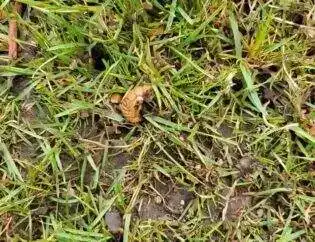
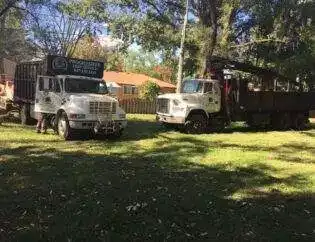

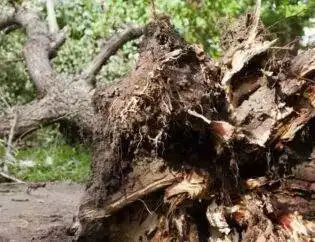
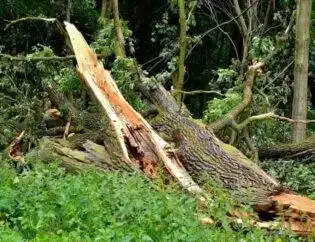
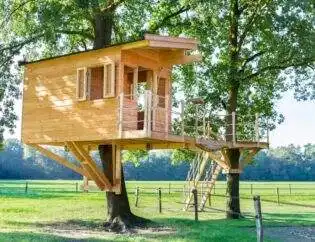
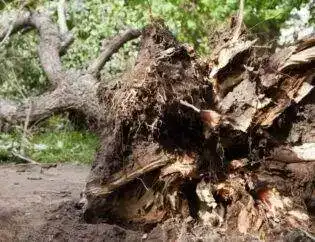
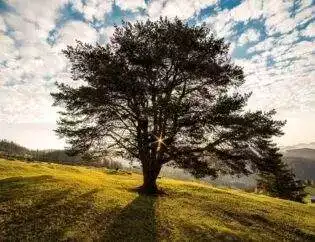
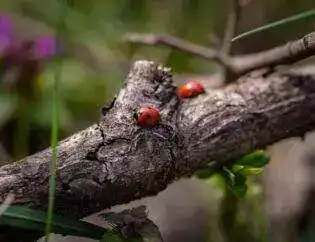
You must be logged in to post a comment.